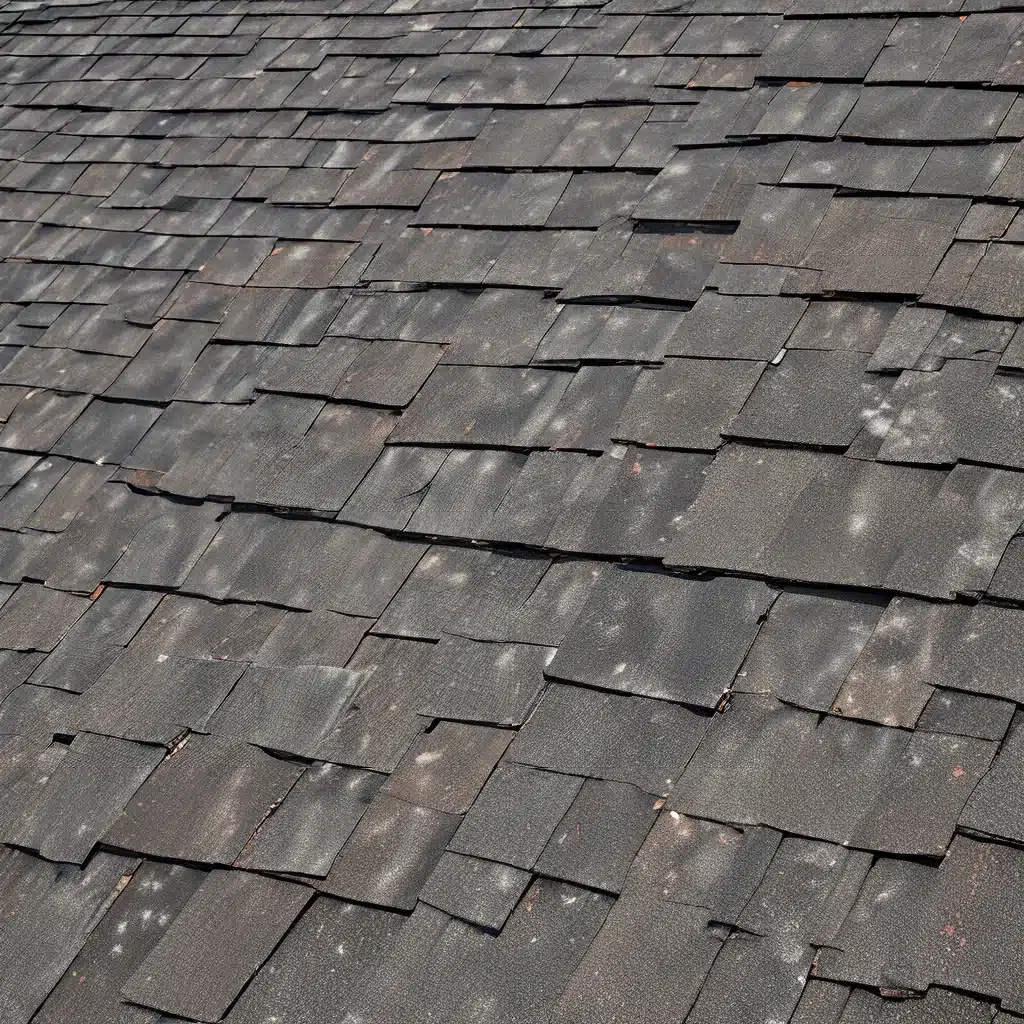
As a homeowner, I’m always on the lookout for ways to save money and reduce my environmental impact. And when it comes to tackling those big-ticket home improvement projects, the roof is often one of the most significant investments we face. But what if I told you that replacing your roof could actually save you money in the long run? That’s the power of energy-efficient roofing, my friends.
Let me share a little secret with you – the 179D tax deduction. Yep, that’s a real thing, and it could be a game-changer for commercial property owners looking to upgrade their roofs. This incentive, which has been around since 2006, allows qualifying buildings to receive a tax deduction of up to $1.80 per square foot for installing energy-efficient systems, including those related to roofing. Imagine being able to deduct the full cost of a roof replacement in the year it’s completed – that’s some serious savings!
But the benefits of energy-efficient roofing go beyond just tax breaks. These systems also help lower utility bills by reducing energy consumption, which is music to my ears. And let’s not forget about the environmental impact – energy-efficient roofing contributes to sustainability by decreasing greenhouse gas emissions and mitigating the urban heat island effect. It’s a win-win-win situation!
Roofing and the 179D Tax Deduction
Now, I know what you’re thinking – how exactly does this 179D tax deduction work, and how can I take advantage of it? Well, let me break it down for you.
The 179D tax deduction is designed to encourage commercial property owners to invest in energy-efficient upgrades, including those related to roofing. To qualify, your building must meet certain criteria, such as having an energy-efficient roofing system that reduces your overall energy consumption.
The deduction can be significant, with the potential to cover the full cost of a roof replacement in the year it’s completed. That’s a pretty sweet deal, if you ask me. And the best part? It’s not just for new construction – existing buildings can also qualify for the deduction, as long as they meet the energy-efficiency requirements.
But here’s the catch – many roofing professionals aren’t even aware of the 179D tax deduction and its implications for commercial roofing projects. That’s why it’s crucial to partner with experts who can guide you through the process and ensure you meet all the necessary criteria to qualify for the deduction.
The Power of Energy-Efficient Roofing
Now, let’s talk about the real-world benefits of energy-efficient roofing systems. Beyond the tax savings, these solutions can have a significant impact on your bottom line and the environment.
By reducing energy consumption, energy-efficient roofing systems can help lower your utility bills, which is a major plus in today’s economic climate. And let’s not forget about the added comfort for your building’s occupants – these systems can enhance indoor comfort, making your workspace or commercial property a more enjoyable and productive place to be.
But the benefits don’t stop there. Energy-efficient roofing can also prolong the lifespan of your roof, reducing the need for frequent replacements. And let’s not forget about the environmental impact – these systems help decrease greenhouse gas emissions and mitigate the urban heat island effect, contributing to a greener future for all.
Exploring the Options
When it comes to energy-efficient roofing solutions, there are a variety of options to consider. From reflective coatings and insulation to sustainable roofing materials, each choice can have a significant impact on your energy efficiency and cost savings.
Reflective coatings, for example, are designed to reflect solar energy away from the roof, helping to maintain a cooler interior and reducing the strain on your air conditioning system. And proper insulation and ventilation in your attic can help keep your home’s temperature stable, reducing heat gain during the summer and heat loss during the winter.
Another option to consider is solar-reflective shingles, which are engineered to reflect solar energy and keep your home’s interior cooler without overworking your AC. While the upfront cost may be a bit higher, the long-term savings can be substantial.
Maximizing Your Savings and Sustainability
As I mentioned earlier, the 179D tax deduction is a valuable tool for commercial property owners looking to invest in energy-efficient roofing solutions. But the benefits of these upgrades go beyond just tax savings.
By reducing your energy consumption and environmental impact, you’re not only saving money, but you’re also contributing to a more sustainable future. And let’s be honest, who doesn’t want to feel good about doing their part for the planet?
So, whether you’re a commercial property owner or a savvy homeowner, I encourage you to explore the possibilities of energy-efficient roofing. Partner with knowledgeable experts who can guide you through the process, help you take advantage of available incentives, and ensure your investment pays off in the long run.
After all, when it comes to your home or commercial property, shouldn’t you be aiming for the best of both worlds – savings and sustainability? With the right roofing solutions, you can achieve just that.
Ready to take the next step and maximize your savings and sustainability? Let’s connect, and I’ll share more insights on how you can make the most of the 179D tax deduction and transform your roofing system into a cost-saving, energy-efficient powerhouse. Southern Roofing Co. is here to help you navigate this exciting journey.